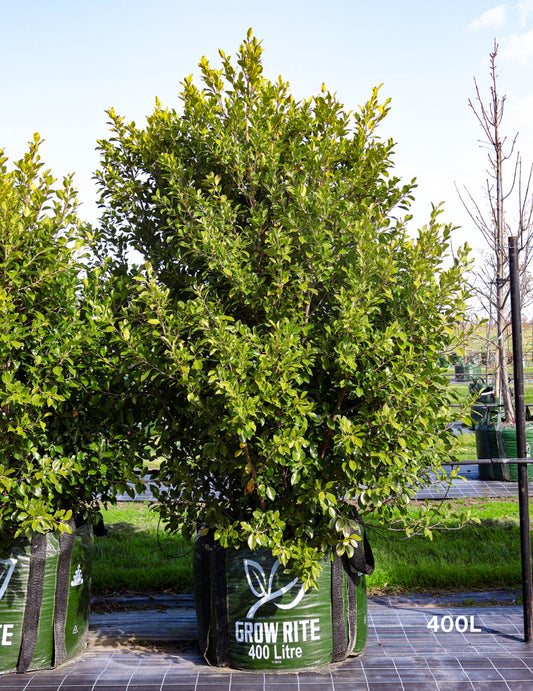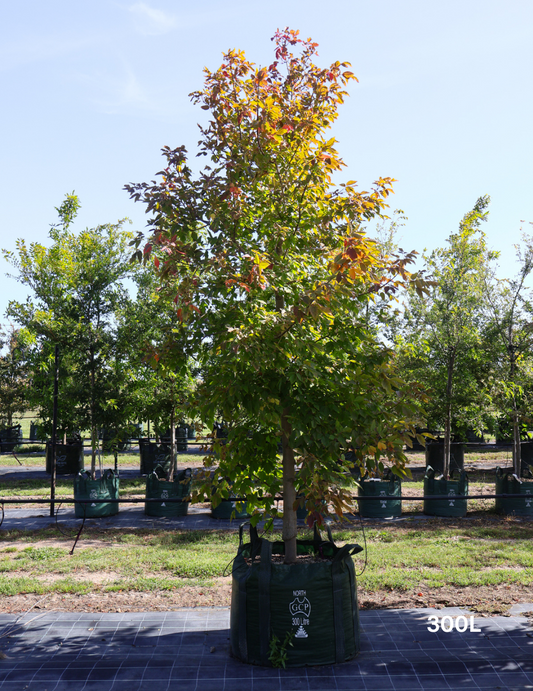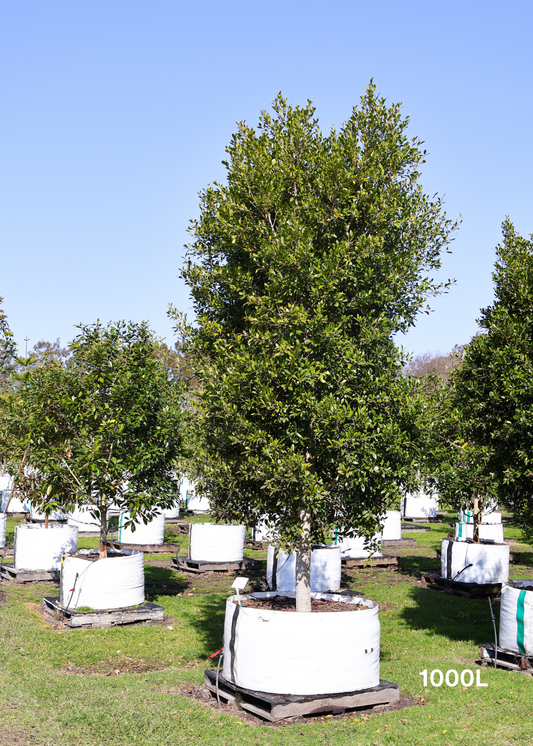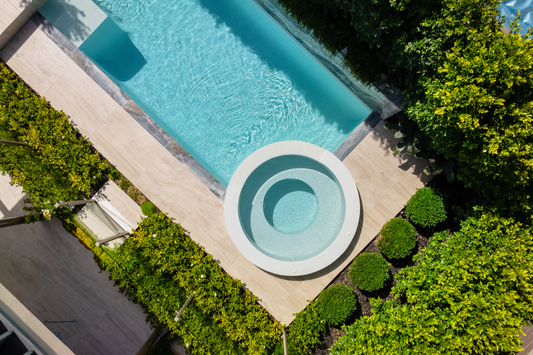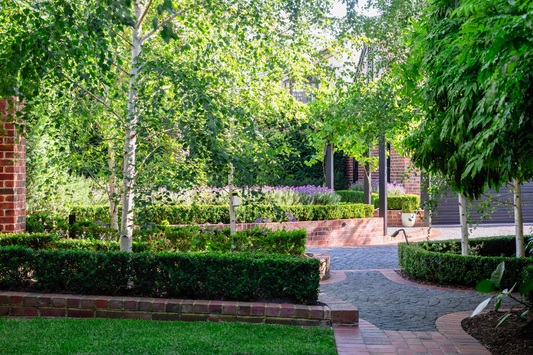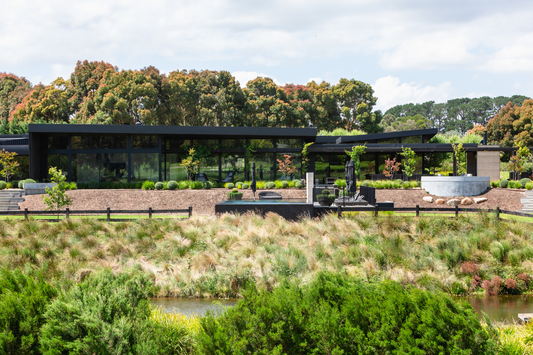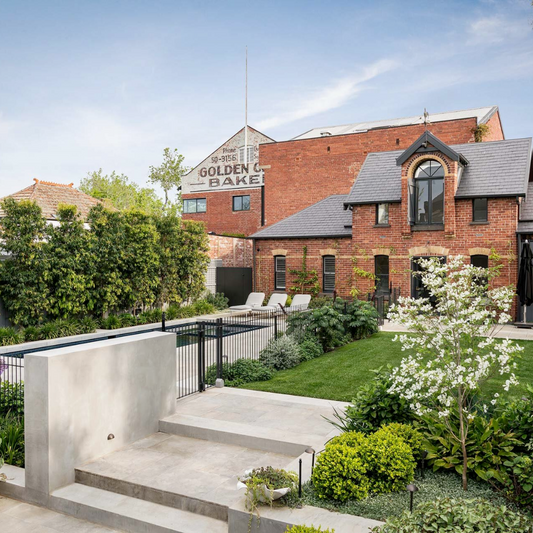The crepe myrtle tree has many uses in landscaping. It grows quickly and produces beautiful flowers that attract butterflies and birds. Crepe myrtle is a hardy, deciduous shrub or small tree with glossy green leaves and fragrant white flowers in spring. Crepe myrtle trees can grow up to 9 meters tall and live as long as 100 years. They have been used in landscapes since the early 1800s. The first crepe myrtle was brought from Europe to America by Thomas Jefferson.
Crepe Myrtles are attractive and will add a splash of color to any yard or garden.
There are many different colors of crepe myrtle available, including white, pink, lavender, and red. Crepe myrtle trees are native to North America and are often used as ornamental plants. They are hardy plants that tolerate drought and heat well. Crepe myrtles do not need much water once established. However, they should be watered regularly during dry periods. Crepe myrtle trees also make good hedges because they grow slowly and produce dense foliage. Crepe myrtles are very adaptable to different soil types and conditions. They prefer full sun but will tolerate partial shade. Crepe myrtles can grow in both moist and dry soils.
Choose the Right Spot for your Crepe Myrtle
Crepe myrtle trees thrive in full sun with good drainage. If you live in a humid climate, choose a spot where the soil drains well. Avoid planting crepe myrtles near sidewalks or other areas where there is heavy foot traffic.
Prepare the Ground for your Crepe Myrtle
Before you plant your crepe myrtle tree, prepare the ground by digging out any existing plants and weeds. Then, add some compost and topsoil to help improve the soil quality. Next, dig holes for each new root ball and place them at least 2 feet apart.
Water your Crepe Myrtle Well
After planting, water well until the first leaves appear. If you live in an area with hot summers, mulch the roots with straw or hay to keep the soil cool. In colder climates, cover the roots with burlap or plastic wrap.
Prune Back Dead Leaves on your Crepe Myrtle
Remove dead branches by cutting them back at least one-third of their length. This will encourage new growth. Trees
Dead leaves can cause problems when they fall into the trunk of your crepe myrtles tree. Prune back dead branches to keep your tree healthy. Also, remove fallen leaves from around the base of the tree. This will prevent the disease from spreading.
Fertilize Your Crepe Myrtle Tree
You may want to fertilize your crepe myrtles every two years to promote growth. Apply fertilizer according to package directions. Keep in mind that fertilizing too frequently can encourage leaf drops.
Mulch Around Your Crepe Myrtle Trees
Mulching helps retain moisture and keeps roots cool. Use mulch to protect your crepe myrtles from harsh weather conditions.
Keep Your Crepe Myrtle Healthy
Crepe myrtles are very tolerant of neglect. You don't have to worry about watering your crepe myrtle if it's planted in the right location. But, if you notice brown spots on your leaves, this could mean that your tree needs more water. Check the soil periodically and make sure that it doesn't become soggy.
Where can you buy crepe myrtle?
You have come to the right place! We have a vast range of crepe myrtles that come in many different sizes and colors.


